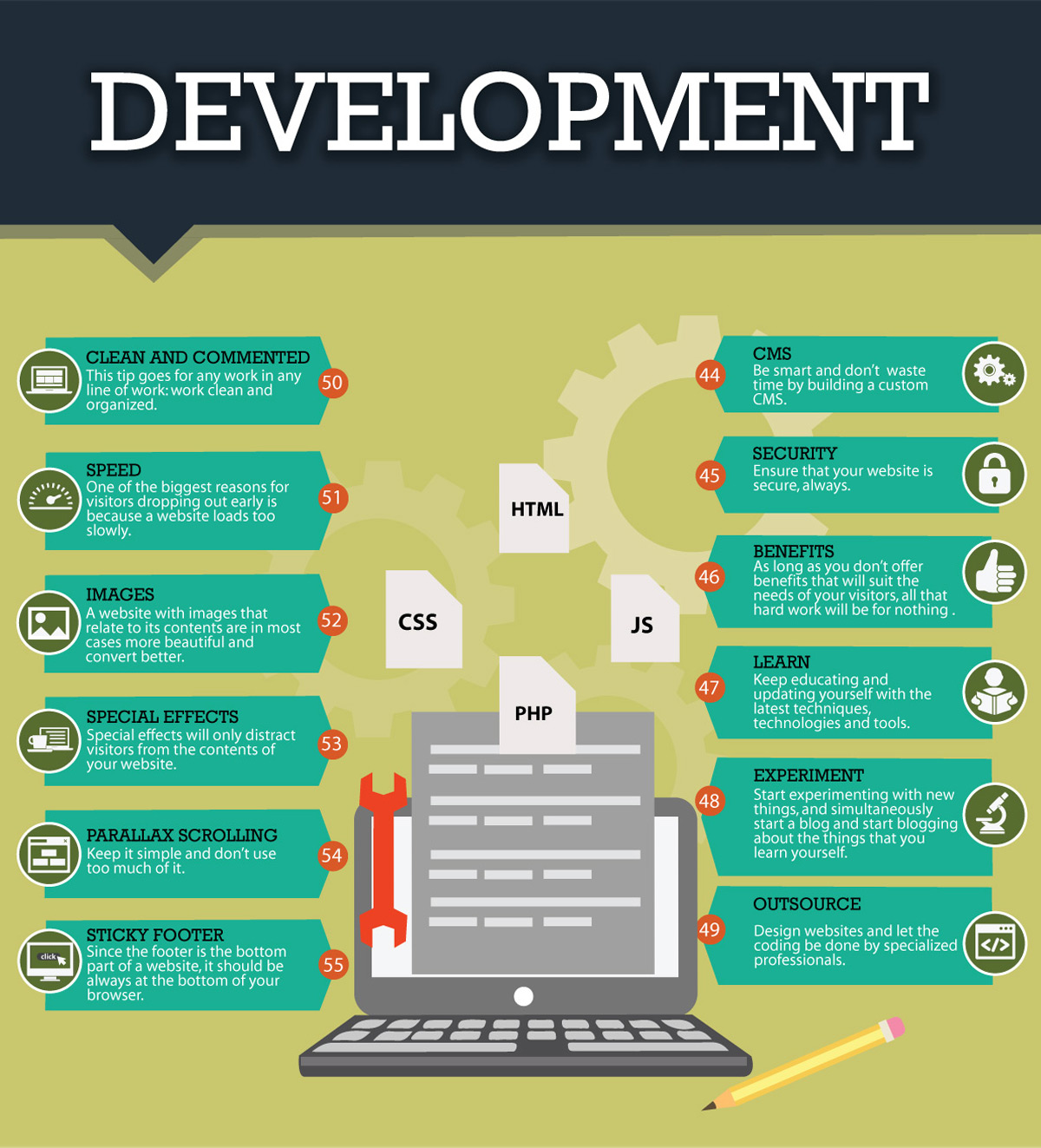Fascinated In Discovering How Site Style Has Developed Over The Years? Explore The Trip From Straightforward Layouts To User-Centered Strategies
Fascinated In Discovering How Site Style Has Developed Over The Years? Explore The Trip From Straightforward Layouts To User-Centered Strategies
Blog Article
Material Created By-Kinney Clarke
In the past, websites were straightforward and concentrated on details. Navigating was direct, and style was for desktops. Now, individual experience is crucial. Data overviews styles for simple navigation. Receptive designs suit various devices. Today, dark mode decreases strain, and minimalist menus improve navigating. Interactive attributes involve customers, and bold visuals stick out. AI assimilation improves engagement. See exactly how design has progressed to enhance your on-line journey.
Early Days of Web Design
In the early days of website design, simplicity preponderated. Websites were standard, with restricted shades, fonts, and formats. The emphasis got on providing information rather than flashy visuals. Individuals accessed the internet through slow dial-up connections, so rate and functionality were crucial.
Navigating food selections were straightforward, usually located at the top or side of the page. Sites were made for home computer, as mobile surfing wasn't yet common. Content was king, and designers prioritized very easy readability over intricate layout aspects.
HTML was the main coding language used, and designers needed to work within its constraints. Animations and interactive features were very little contrasted to today's requirements. Sites were static, with little vibrant material or individualized user experiences.
Rise of User-Focused Style
With the advancement of site layout, a shift towards user-focused style principles has actually come to be progressively noticeable. Today, creating websites that focus on customer experience is crucial for involving site visitors and accomplishing organization goals. User-focused style involves recognizing the requirements, preferences, and actions of your target market to customize the website's format, content, and features appropriately.
Developers currently conduct detailed research, such as individual surveys and use screening, to gather understandings and comments straight from users. This data-driven technique helps in creating instinctive navigating, clear calls-to-action, and aesthetically enticing interfaces that reverberate with site visitors. By placing the customer at the facility of the design process, websites can deliver a more tailored and enjoyable experience.
Receptive layout has additionally emerged as a crucial element of user-focused design, making sure that sites are maximized for numerous tools and display dimensions. This adaptability improves availability and functionality, dealing with the diverse methods users engage with sites today. Fundamentally, the increase of user-focused design signifies a shift in the direction of developing digital experiences that prioritize the demands and assumptions of completion user.
Modern Trends in Web Design
Explore the most recent trends shaping web design today. One noticeable fad is dark setting style, using a smooth and modern look while minimizing eye stress in low-light settings. One more essential pattern is minimalist navigating, streamlining food selections and boosting individual experience by concentrating on essential elements. Including micro-interactions, such as computer animated buttons or scrolling impacts, can produce an extra interesting and interactive web site. Responsive design remains vital, guaranteeing seamless user experiences throughout numerous gadgets. Furthermore, using vibrant typography and unbalanced designs can include aesthetic rate of interest and draw attention to details content.
Integrating AI innovation, like chatbots for consumer support or individualized referrals, boosts individual interaction and simplifies processes. Accessibility has likewise come to be a substantial fad, with developers focusing on comprehensive style techniques to satisfy diverse individual requirements. Welcoming sustainability by enhancing internet site efficiency for speed and effectiveness is another arising trend in web design. Collaborating with customer feedback and data analytics to repeat and improve design continuously is vital for staying pertinent in the ever-evolving digital landscape. By accepting these modern fads, you can produce a visually attractive, straightforward website that resonates with your target market.
Read Full Report
As you reflect on the evolution of web site design from the very early days to currently, you can see how user-focused layout has become the driving force behind contemporary trends.
Embrace the journey of change and adjustment in web design, always maintaining the user experience at the forefront.
Tippingpointdigital
Stay existing with the latest trends and modern technologies, and never ever quit developing your method to produce visually sensational and easy to use websites.
Evolve, adjust, and develop - the future of web design is in your hands.
